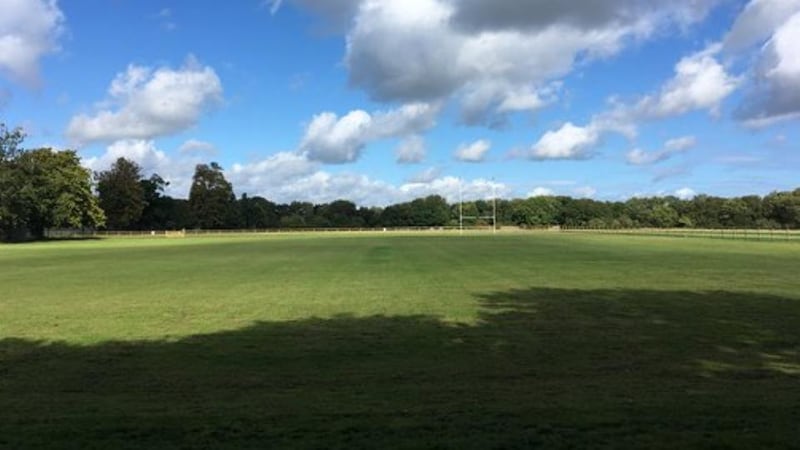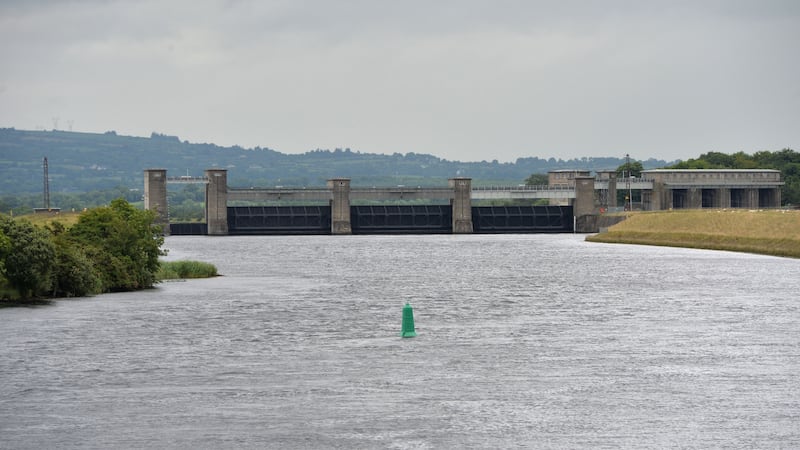Walking down the main avenue of St Anne's Park in north Dublin, Carmel Raymond is visibly exercised at the prospect of hundreds of apartments emerging in a fenced-off green area to one side.
"It's a total abuse," she says, stopping to discuss a controversial application overturned by An Bord Pleanála this week following a successful legal challenge.
"I danced around the kitchen," she says of the decision which has, at least for now, put a halt to the construction of 104 houses and 432 apartments proposed by Crekav Trading, a part of developer Marlet.

The land in question skirts the long park avenue where runners and walkers emerge from early morning, prompting fears of the beginning of unwanted peripheral development.
Like most people in the area, Ms Raymond dismisses the notion the apartments might be bought by young locals, the likes of her own daughter Uná with whom she is out walking.
“They weren’t going to get that type of housing. It’s all pre-sold because of its location [close] to the Dart,” she says. She explains that the typical price of local property can be seen in former terraced council houses costing about €450,000.
For now, local residents opposed to the plans believe lands adjoining the park – often described as the “green lung of the north side” – should be left alone. Walking away with her daughter, Ms Raymond prophesises the “beginning of the end” should this development ever proceed.
Application overturned
That is still a distinct possibility. While the application was initially granted permission by An Bord Pleanála, it was overturned following a successful High Court challenge, the first of its kind against major housing developments under strategic planning laws that allow them bypass local authority decision-making.
An Bord Pleanála’s reversal of position came in response to legal arguments regarding European environmental directives, specifically relating to the potential impact on bird species. Crekav may amend and resubmit its application, although nothing is likely to appease entrenched local hostility.
While there is a general acceptance that homes are badly needed in areas around Dublin – the original planning application noted the site was serviced and close to several transport links – few residents here believe their children or grandchildren will benefit from high-density, expensive developments.
Joe Nolan, whose family has lived in Clontarf since the 1700s, says the majority of young people could never afford to live here. His son Mark (28) has been living at home saving for his own property but has no illusions about buying anything nearby.
“You would have to be a millionaire to buy them,” Mr Nolan says, citing the market price for property generally. “We need affordable housing – these are not affordable houses.
“It’s impossible for young people to come and buy in this area. Common sense will tell you that.”
‘Ordinary people’
Jim, a long-time resident who regularly walks the park with his wife Carrie, says there are other options for development land in the area.
“These apartments, they aren’t going to be for ordinary people. They will be very expensive,” he says.
As the couple walk toward the green steel fencing that now surrounds the proposed site, Carrie recalls how it was once regularly packed with children playing football matches. She hasn’t seen any in about a year.
“They will get [planning] permission,” she says with a look of resignation. “It’s big business.”
In the nearby Meadows housing estate, Rosaleen Lundy says the plans will “ruin” the park, a green belt “badly needed” on the north side.
Her neighbour, Michael Costello, has been resident here since 1980. As he sets out to walk his dog in the park he explains how his back garden borders the development site and so he is, perhaps unsurprisingly, opposed.
“It shouldn’t ever be developed,” he says. “I am in favour of development, houses have to be built. But putting it right in the middle of the park is not the place.”













